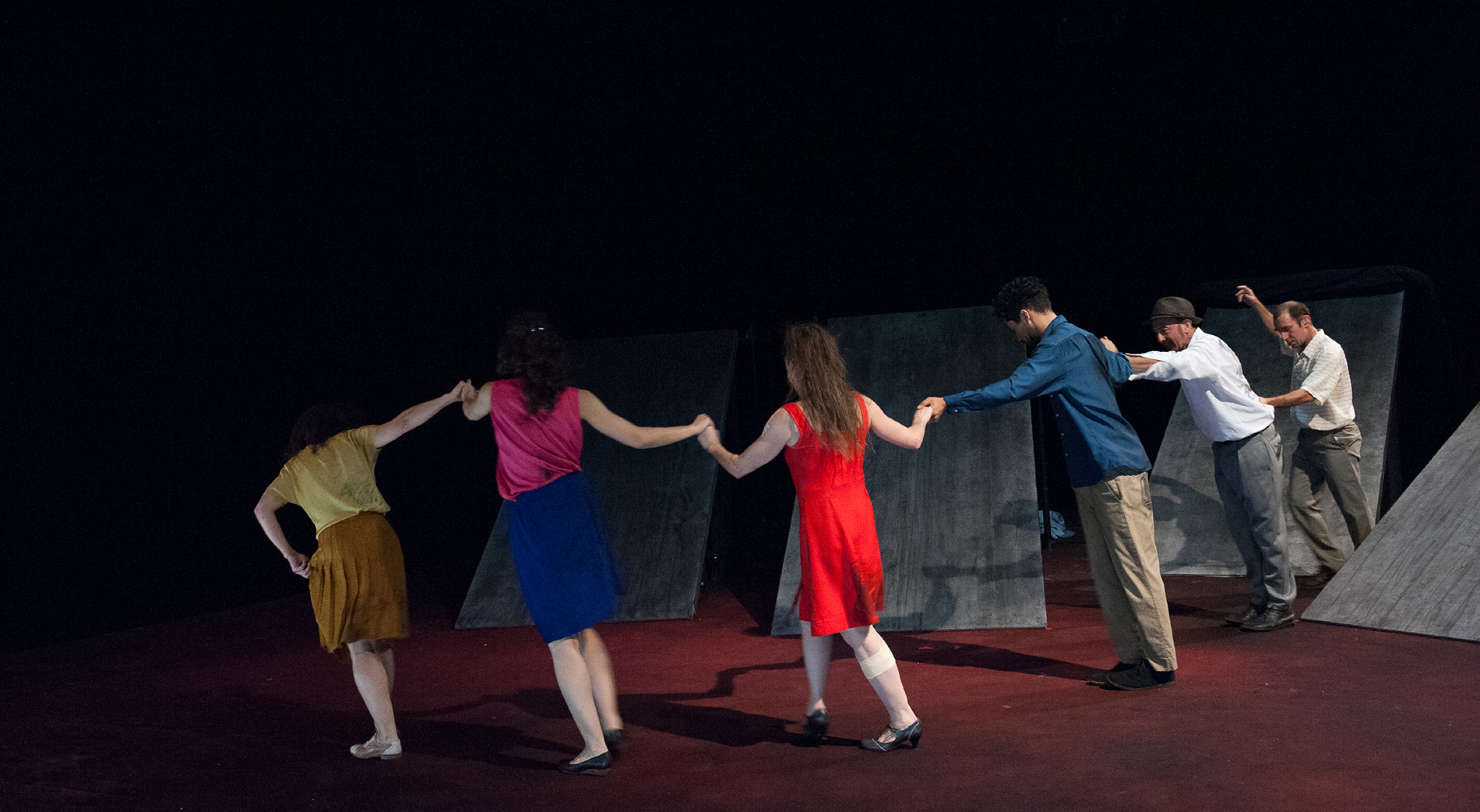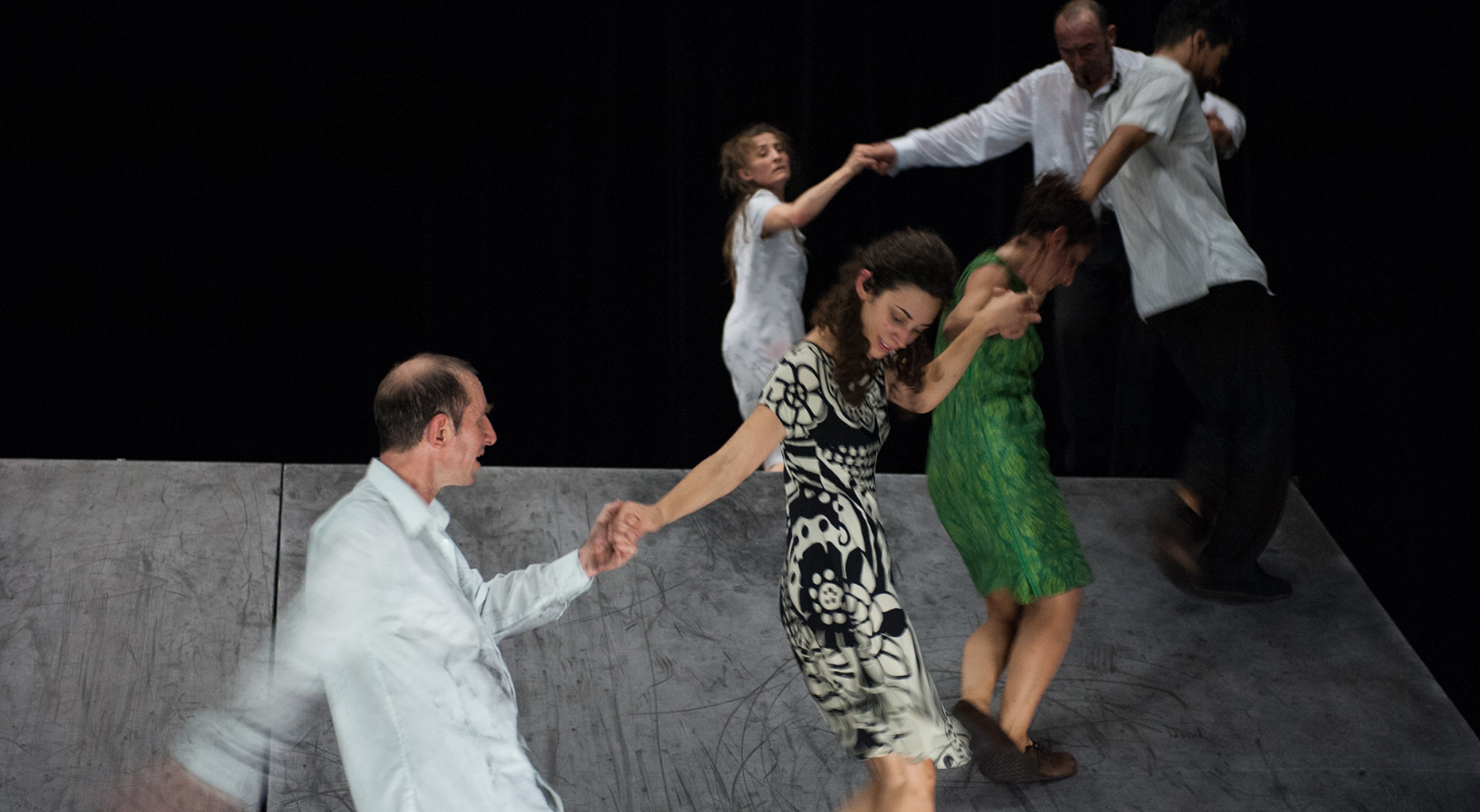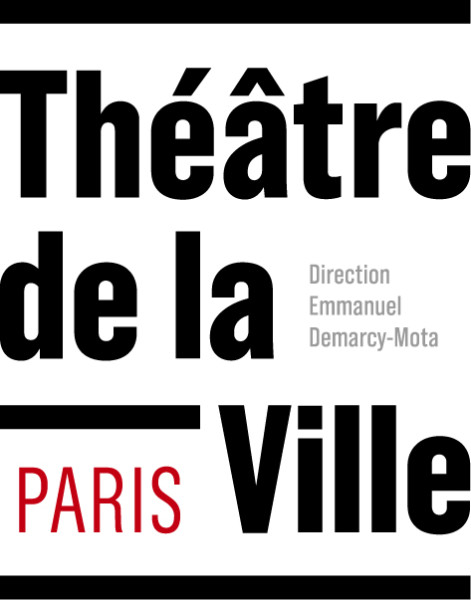Maguy Marin
BiT
octoberoct 30 - november – nov 30
novembernov 18
Conception, Maguy Marin
With Ulises Alvarez, Kaïs Chouibi, Laura Frigato, Daphné Koutsafti, and Mayalen Otondo / Cathy Polo, Ennio Sammarco
Direction technique et lumière, Alexandre Béneteaud
Music, Charlie Aubry
Set and props, Louise Gros et Laura Pignon
Costumes, Nelly Geyres assisted by Raphaël Lo Bello
Sound, Antoine Garry and Loïc Goubet
Assistant stage manager, Albin Chavignon
Set design, Compagnie Maguy Marin
Coproduction by Compagnie Maguy Marin ; Théâtre Garonne de Toulouse ; Monaco Dance Forum – Les ballets de Monte-Carlo ; Opéra de Lille ; La Filature, Scène nationale de Mulhouse ; Ballet du Nord – Centre Chorégraphique National de Roubaix Nord de Calais ; Charleroi Danses – Le Centre chorégraphique de la Fédération Wallonie-Bruxelles ; MC2: maison de la culture de Grenoble ; Théâtre de Nîmes - scène conventionnée pour la danse contemporaine ; Théâtre de la Ville-Paris ; Festival d’Automne à Paris
In collaboration with Théâtre de la Ville-Paris ; Festival d’Automne à Paris (for performances from 30 October to 15 November)
The piece was first presented on 17th September 2014 at Théâtre Garonne de Toulouse
In partnership with France Inter
Voices, faces and bodies emerge from a thick paste, driven by an inner tension which sends vibration throughout the space. For more than 30 years, Maguy Marin’s work as a choreographer has been to draw “a path that walks” (Paul Klee). Her perseverance brings us to the words of Samuel Beckett: “Try better. Fail again. Fail better”. For her, dance is never any one given state, but rather the result of a wrenching away from, or struggle with and against, the shapeless. From May B to Cap au pire and Description d’un combat, Maguy Marin develops a form of dance open to theatre and music, and in which the spoken word works and kneads the flesh, propelling it in accordance with its scansions and images.
For this latest creation, Maguy Marin returns to a fundamental question - that of rhythm - sets about working on it from the starting point of a quotation by the linguist Émile Benveniste: “Rhythm is the shape of a given instant that is assumed by what is moving, mobile and fluid. Rhythm is improvised, momentary and alterable”. Rather than a cadence, rhythm thus becomes a form of musicality generated by bodies moving around in the space, an unquantifiable measure which precedes all will or intention. It is a bringing together of imperceptible marks or strikes which “signal a way of being with time”. In order to encapsulate something of this flow, Maguy Marin began working in a way which focused as much on inner as on spatial elements, and during which different points in the future are blended together, allowing their convergences and defeats to resound throughout the space. The outcome is a vast movement of differing speeds, slowness, jolts, and intertwined intensities, setting forth the imprint for possible co-existence. From it we can hear the echo of Henri Meschonnic’s words: “If we are talking about rhythm, then I am talking about you. You are the one who is talking, and so the problems of rhythm are yours”.
In the same place


